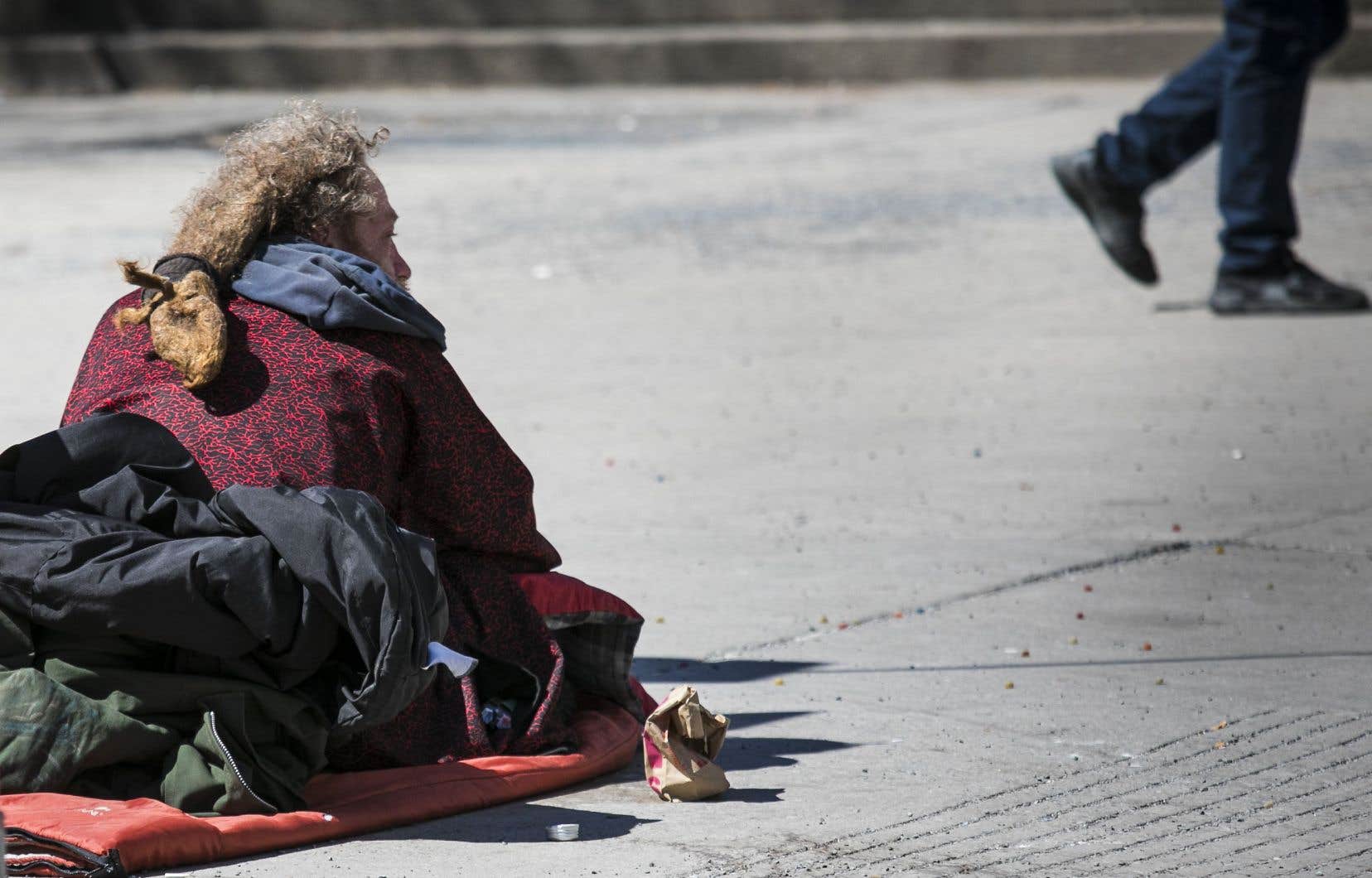Outaouais expected a count of people experiencing homelessness which would “make waves”, but not on such a large scale. The region has seen the largest increase in homelessness in Quebec since 2018, at 268%. An “impressive” figure which allows the interim CEO of the CISSS de l’Outaouais, Yves St-Onge, to affirm that the region is grappling with a “homelessness crisis”.
And again, this increase only concerns visible homelessness.“706 [personnes itinérantes], it’s more than that, because we can’t count them all. »
“Our situation has progressed much more quickly than the other regions of Quebec, that is clear,” concedes Mr. St-Onge, who emphasizes, however, that the increase can be exacerbated by a change in method between the two counts. However, the second largest increase is far behind, at 109%, in the Laurentians.
“We are certainly not surprised,” says Yves Séguin, general director of the Outaouais Drug Intervention and Prevention Center (CIPTO). “I would even tell you that if we did another one tomorrow morning, there would still be an increase. » This increase is, according to him, partly attributable to the housing crisis, which is raging “as much on the Quebec side as on the Ontario side”.
For several years, homeless people from Quebec have been traveling from elsewhere to Ontario, and vice versa. But since the pandemic, Ontarians who head to Quebec shelters are the majority, indicates Mr. Séguin. In Ottawa, “people find it too roughthey find that there are too many people, too much consumption, and they think that the services will be better on the Quebec side.
But in addition to being “stuck with full shelters,” homeless people expose themselves to an increased risk of overdose by changing territory, because they can obtain drugs with products that they are not used to consuming, explains Mr. Séguin.
Homelessness and addiction “spill” from Ottawa to Gatineau
The increase in homelessness and drug addiction, clearly visible in the streets of the capital’s downtown area, “is starting to spill over into Gatineau,” warns Yves St-Onge, who has already met the mayor of the City in twice to establish an action plan.
The CIPTO believes that homelessness and drug addiction are real, but remain less visible in Gatineau, where the majority of homeless people are gathered in an encampment. Mr. Séguin would, however, like “closer” collaboration and communication. […] between the resources of Ottawa and Gatineau”, at the municipal, community and health and social services levels.
He also hopes that the publication of the count will not overshadow the importance of an increase in wages and community support. Thursday, the Minister responsible for Social Services, Lionel Carmant, announced $15.5 million in funding for shelter projects in Quebec. “What Minister Carmant announced is good, we want it and we demand it. […] It is essential, of course, […] but beyond the emergency, we also need to have permanent solutions, we need to allow people to get out of their situation,” says Mr. Séguin.
If the count was carried out in four sectors of the Outaouais, Gatineau is at the heart of the homelessness problems, according to Mr. St-Onge and Mr. Séguin. “Most other towns or villages in Outaouais do not have services for homeless people. So when someone loses their home and does not have loved ones to welcome them, they are directed or go themselves to downtown Gatineau. »
A situation which sometimes generates tensions with residents, testifies the general director of CIPTO. A camp located near a secondary school arouses “concern among parents of teenagers”, and the opening of a stop in a more outlying neighborhood did not please the traders, who “find that we moved homelessness to their neighborhood.”
This report is supported by the Local Journalism Initiative, funded by the Government of Canada.
